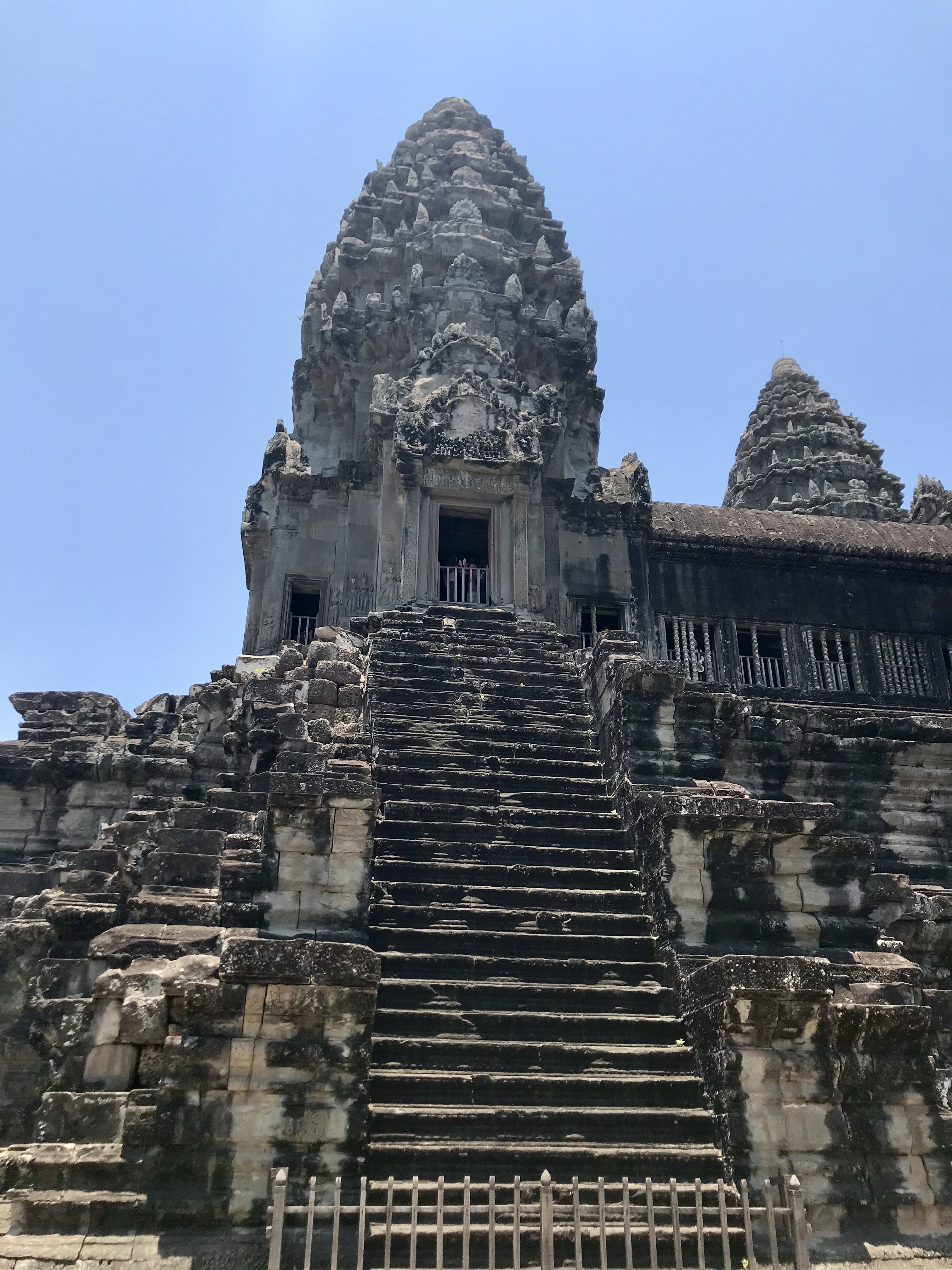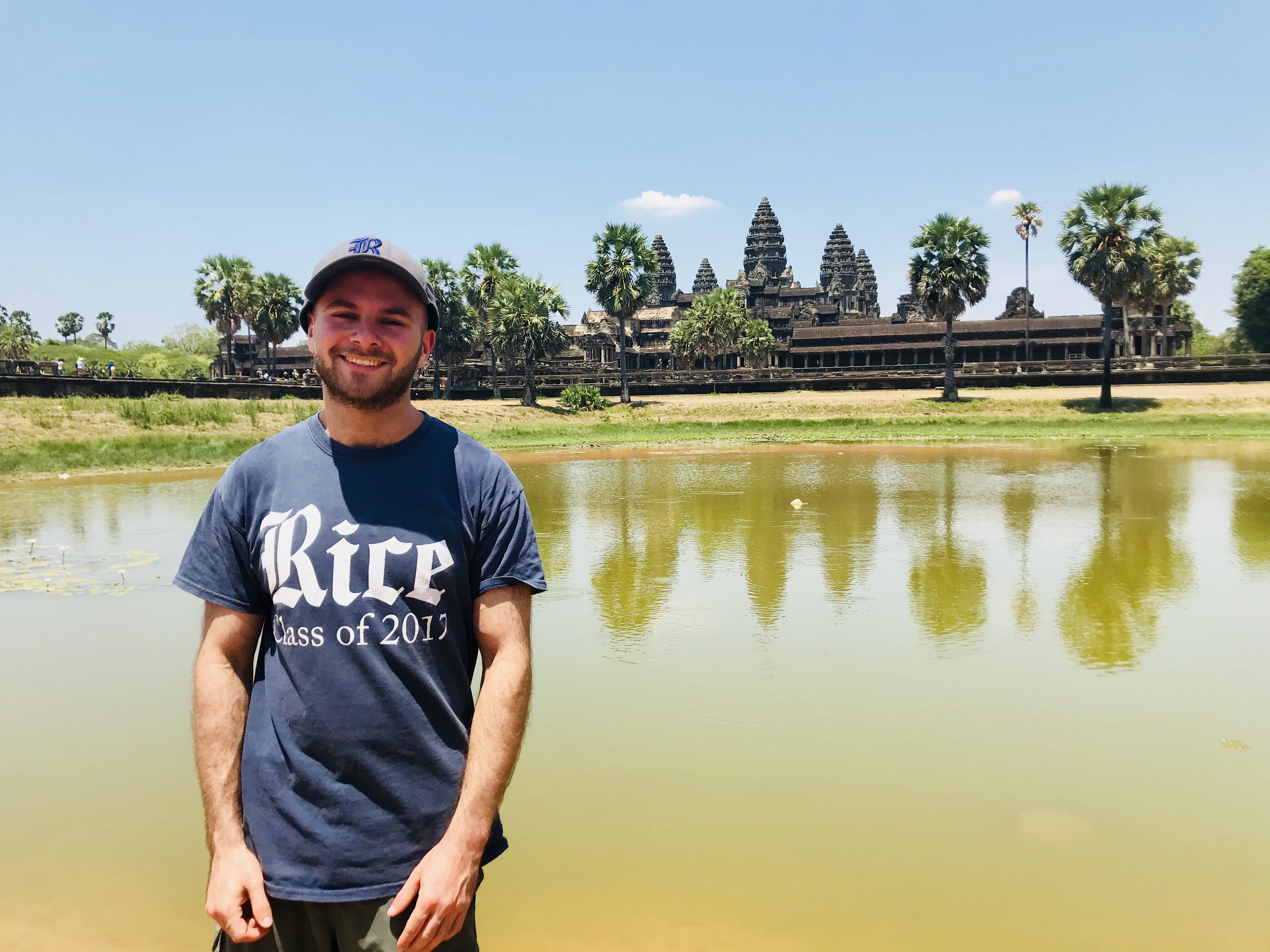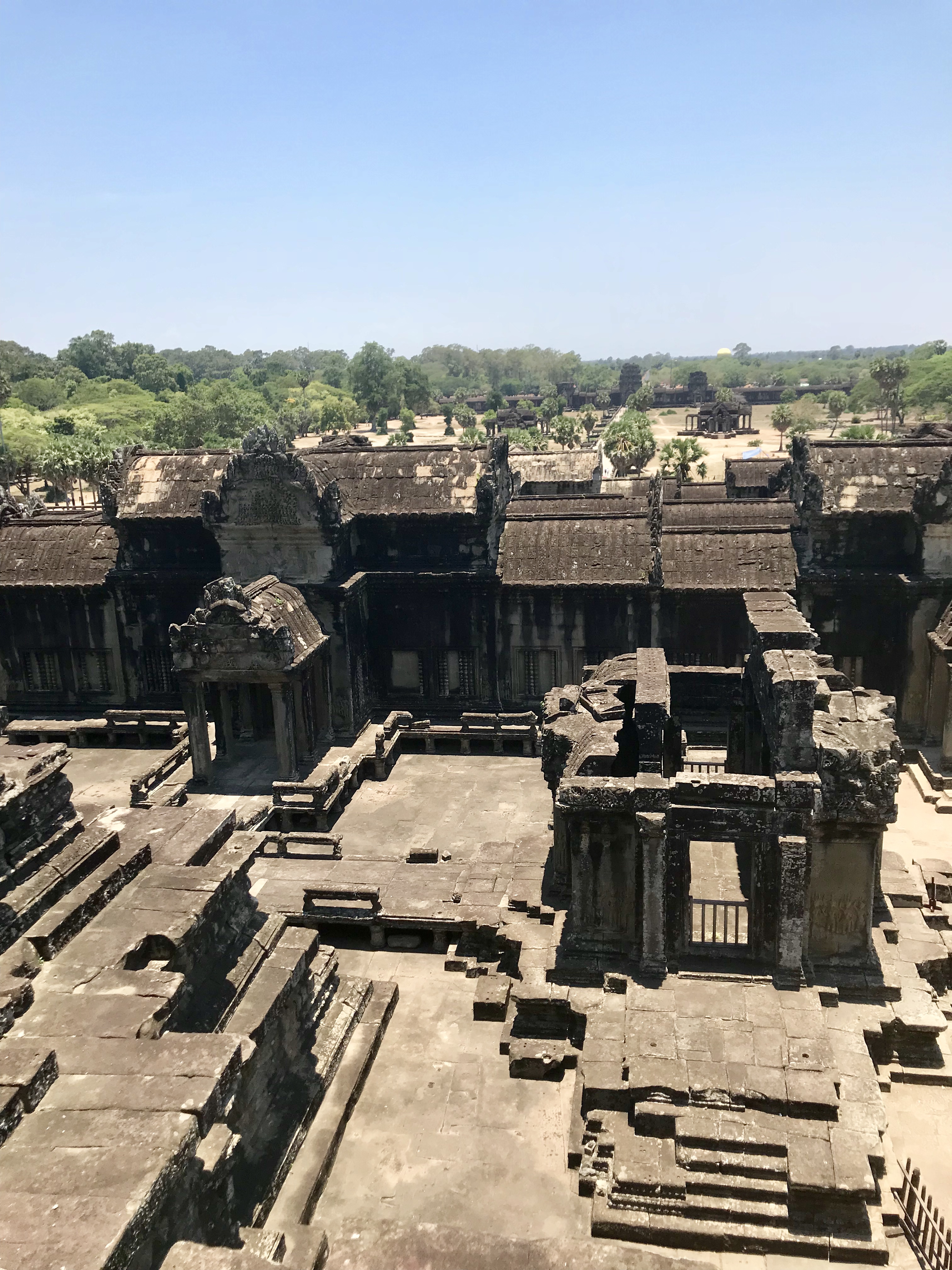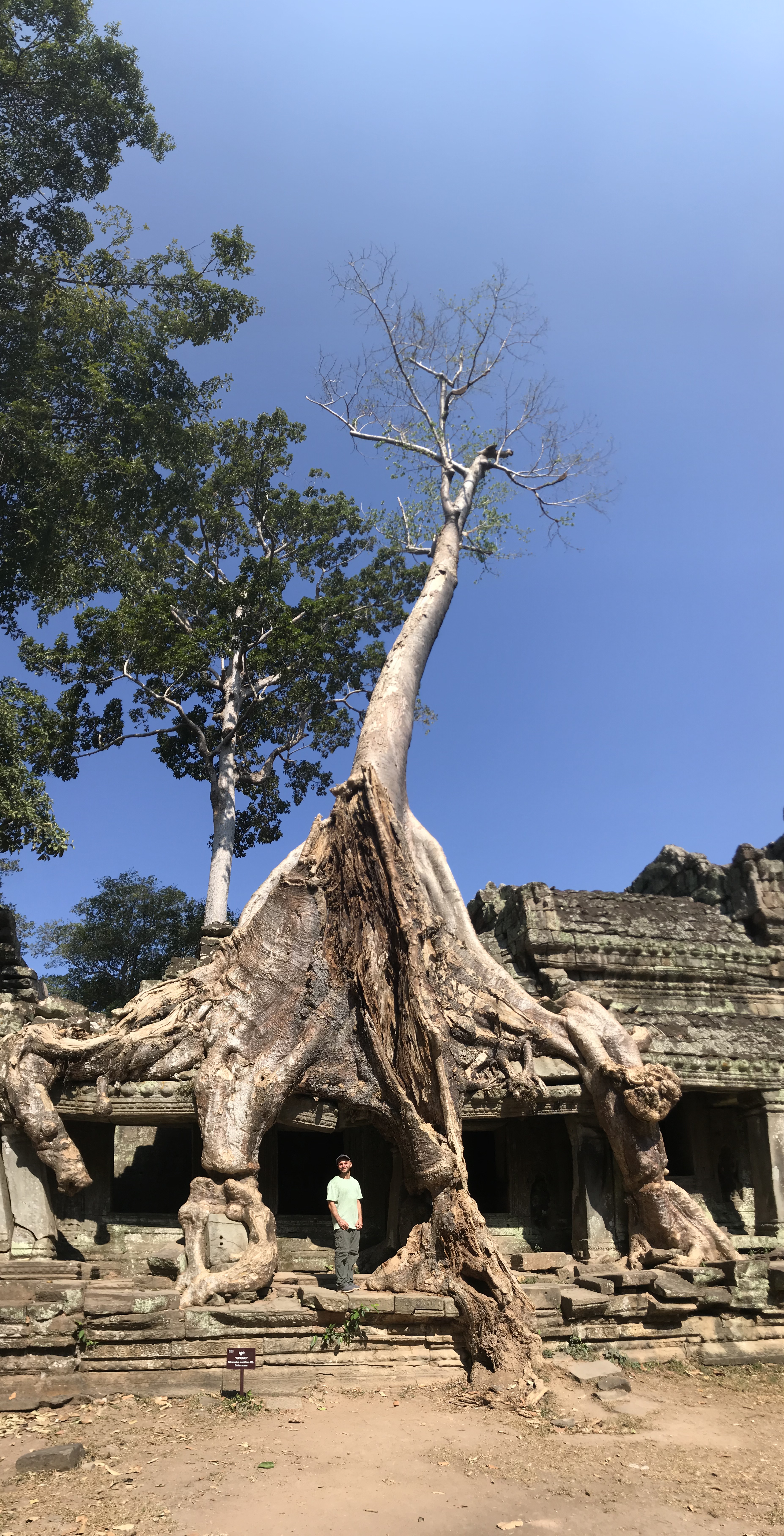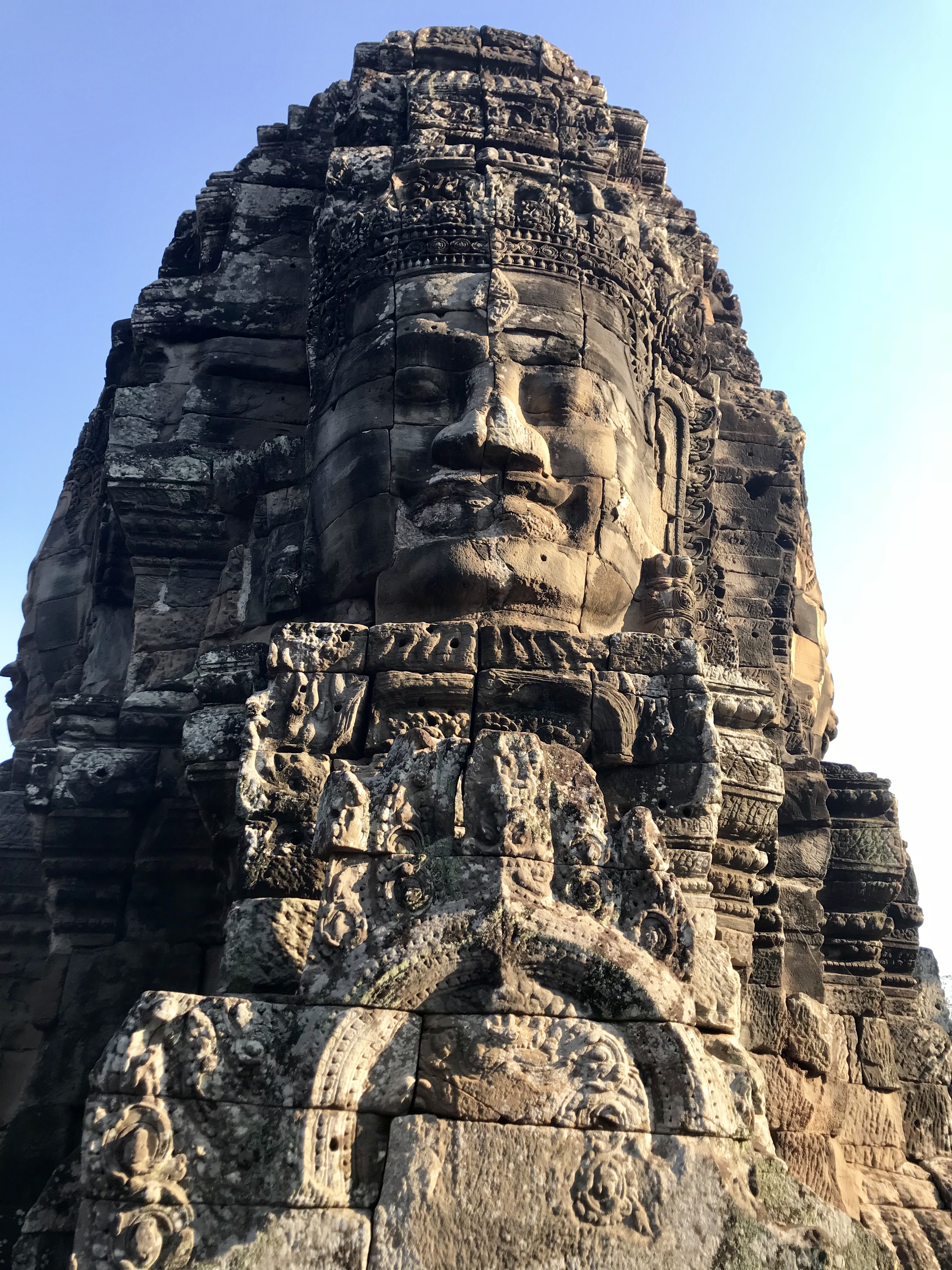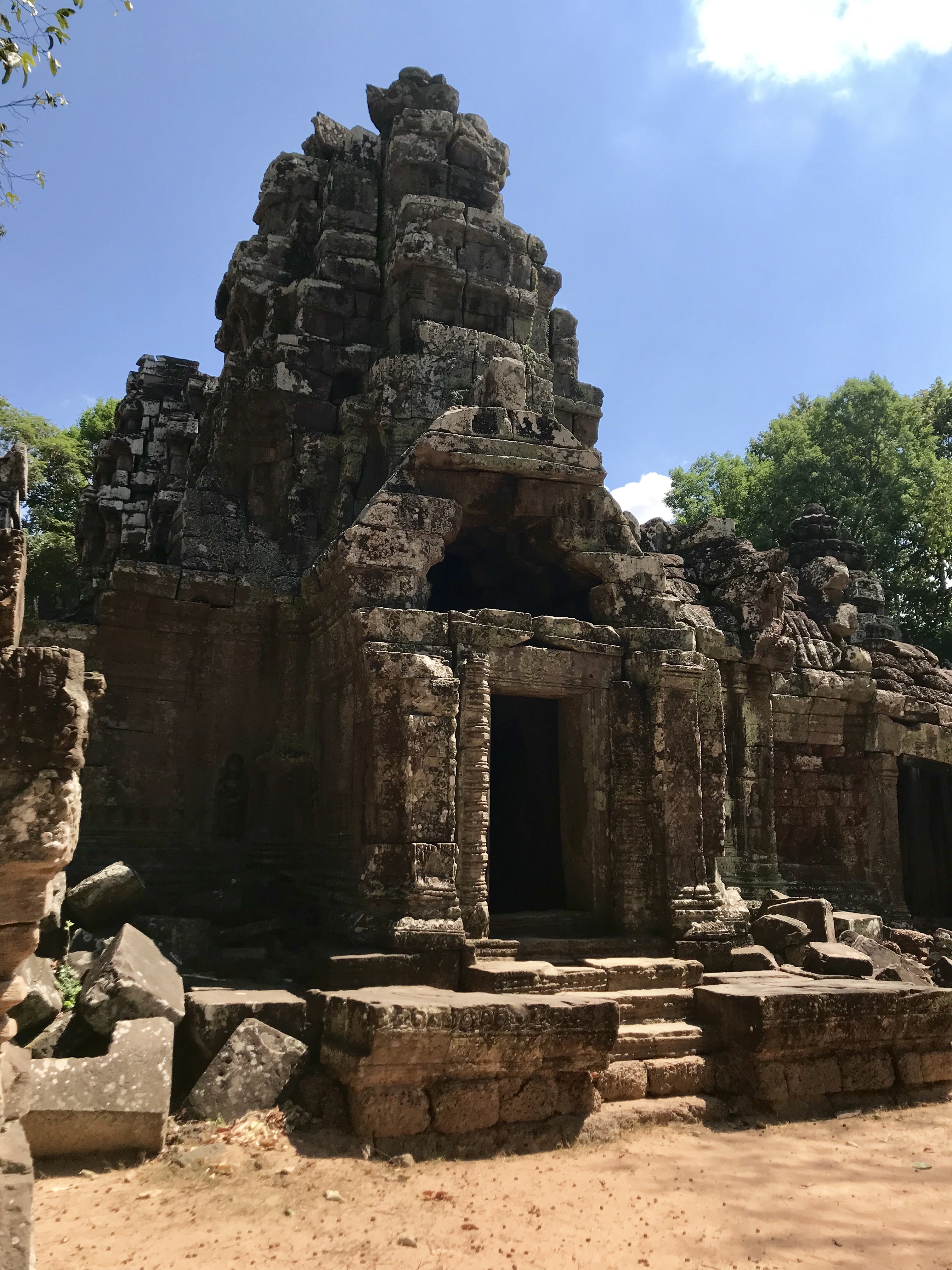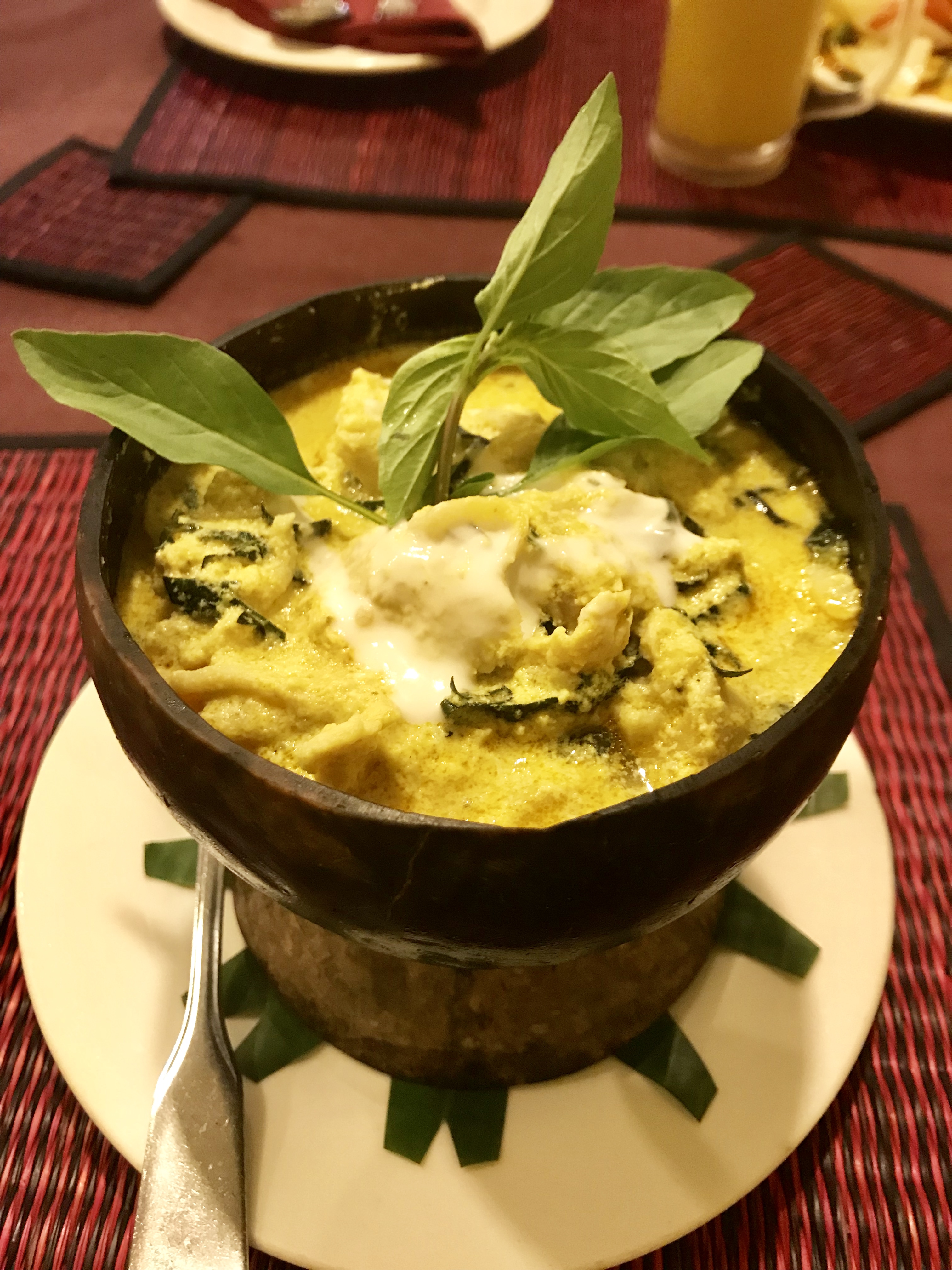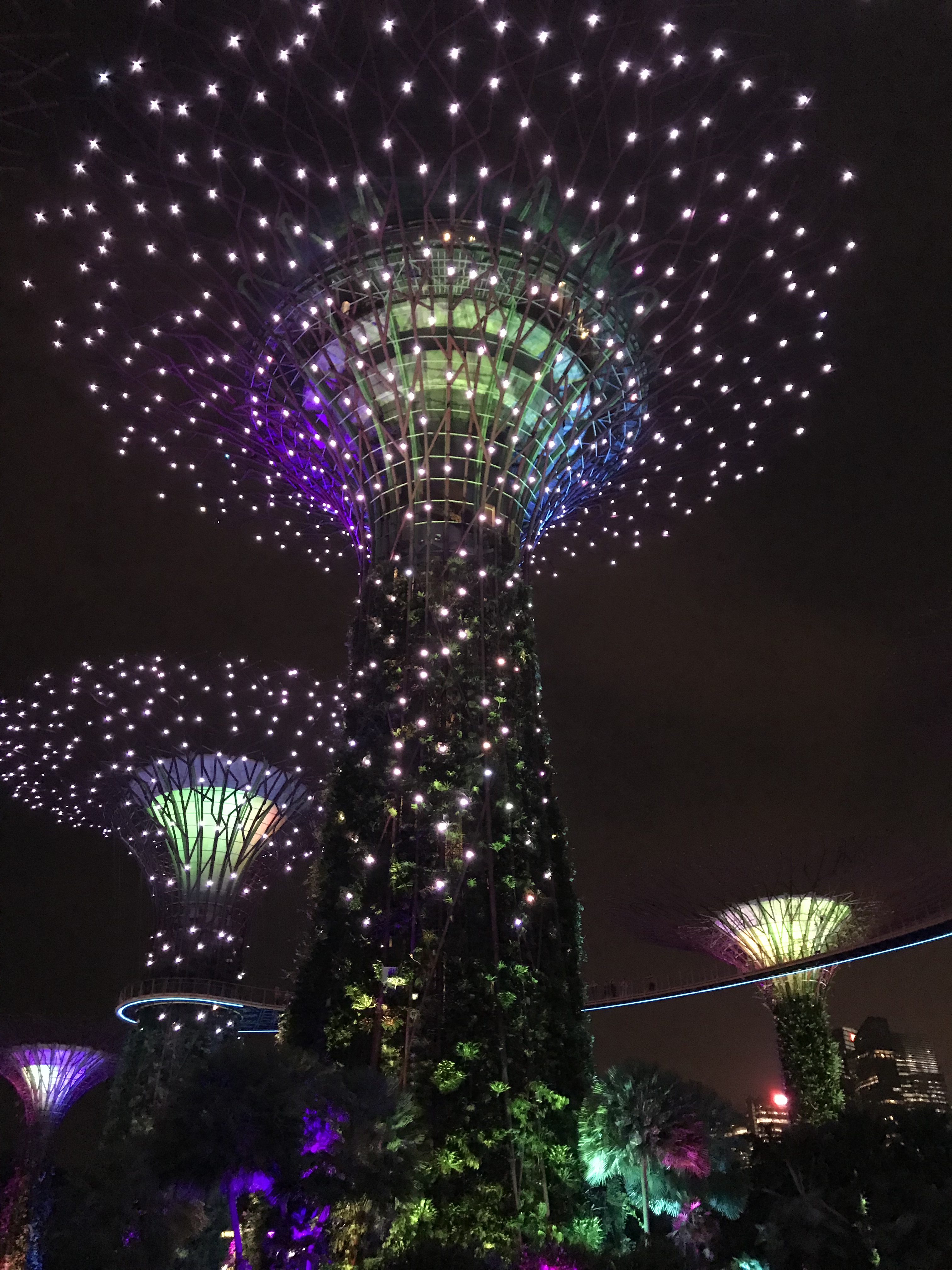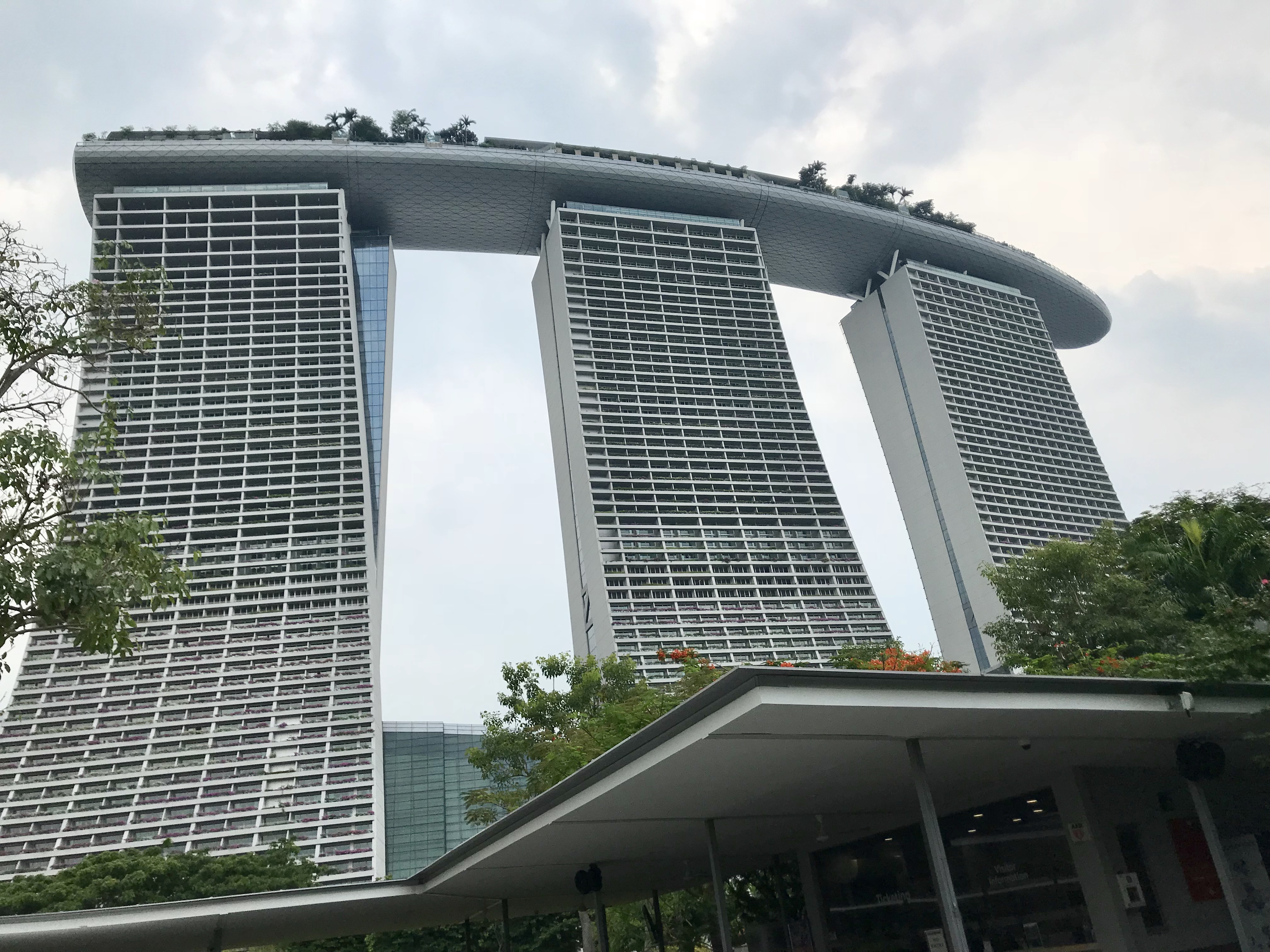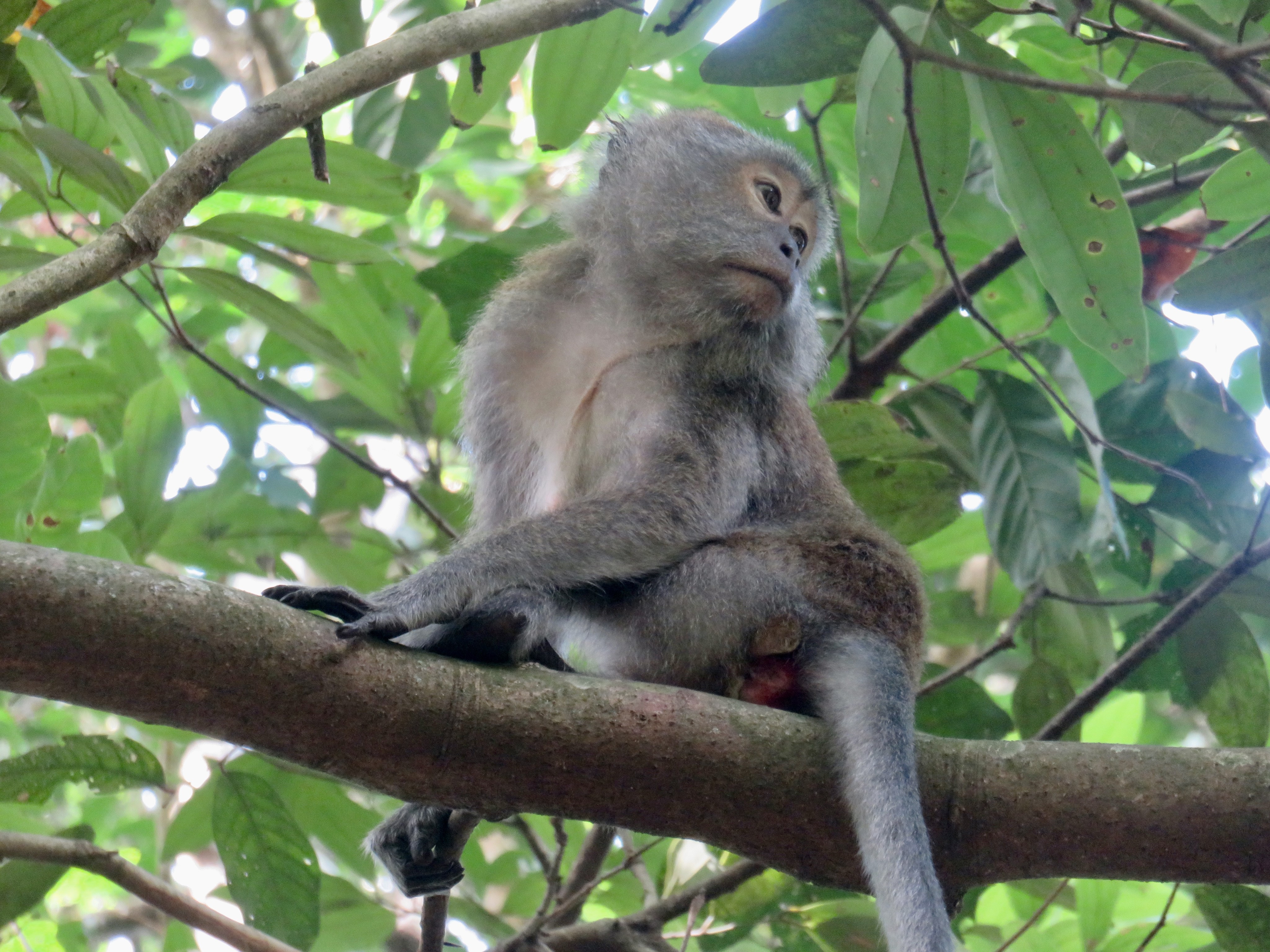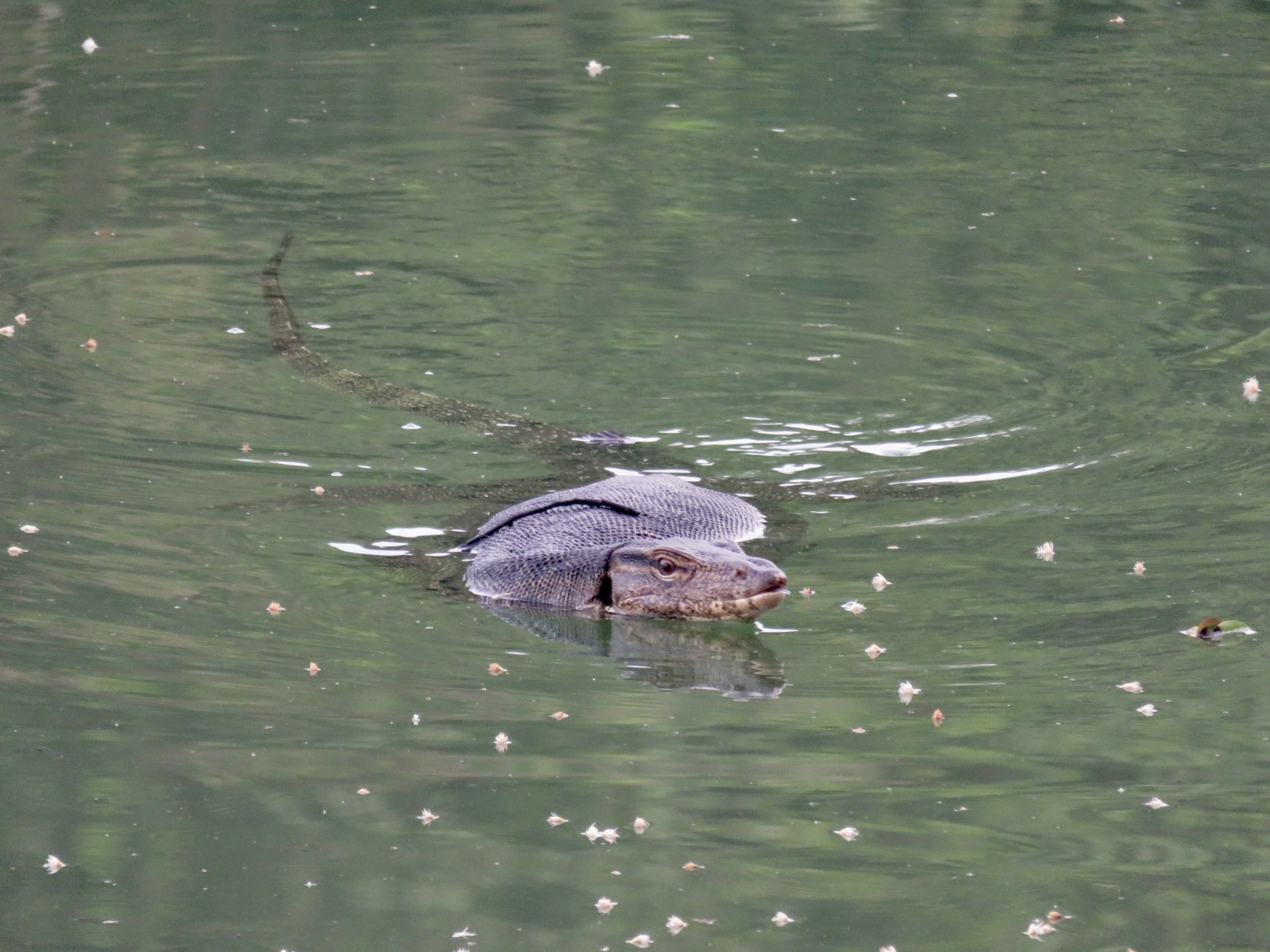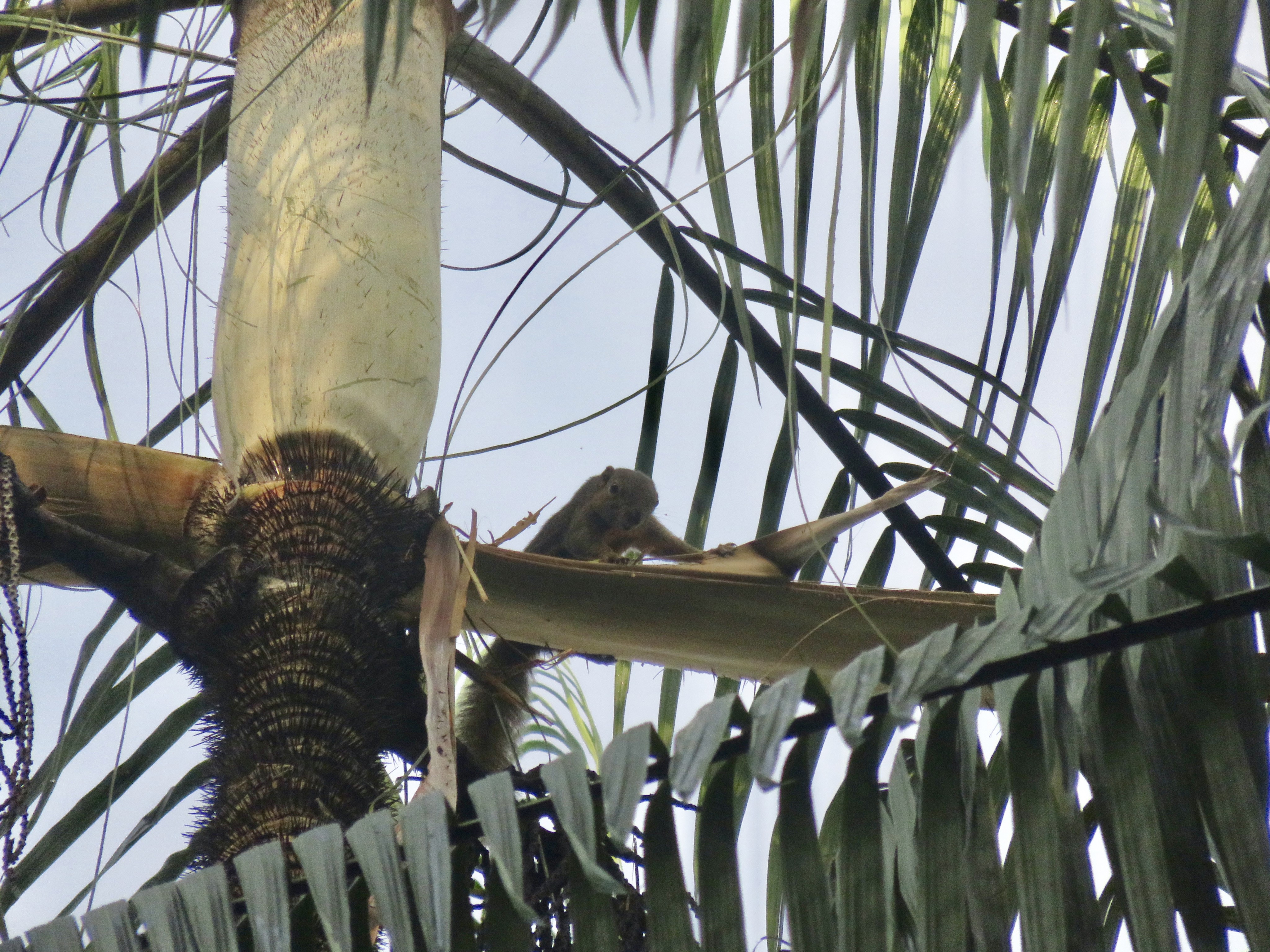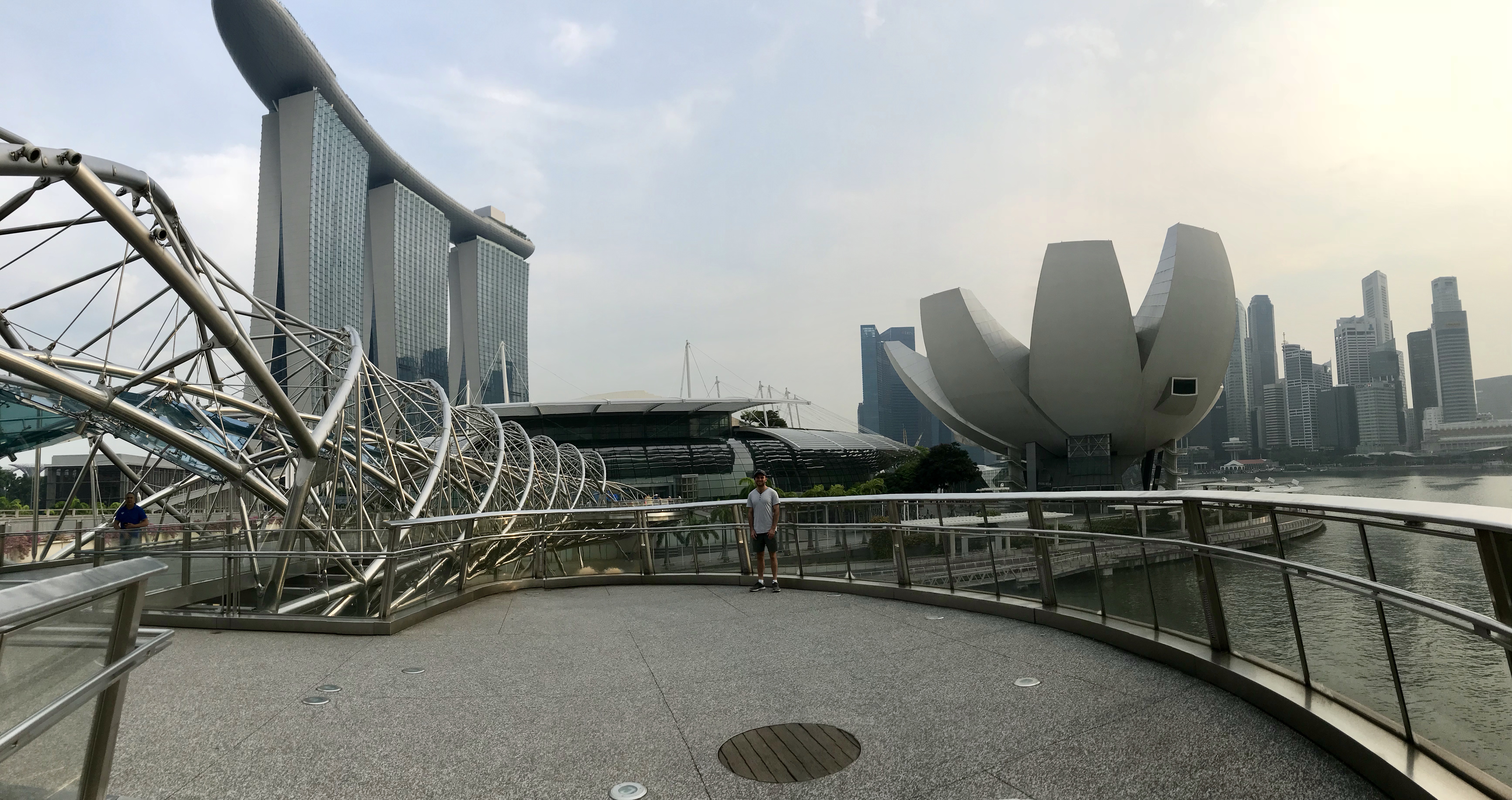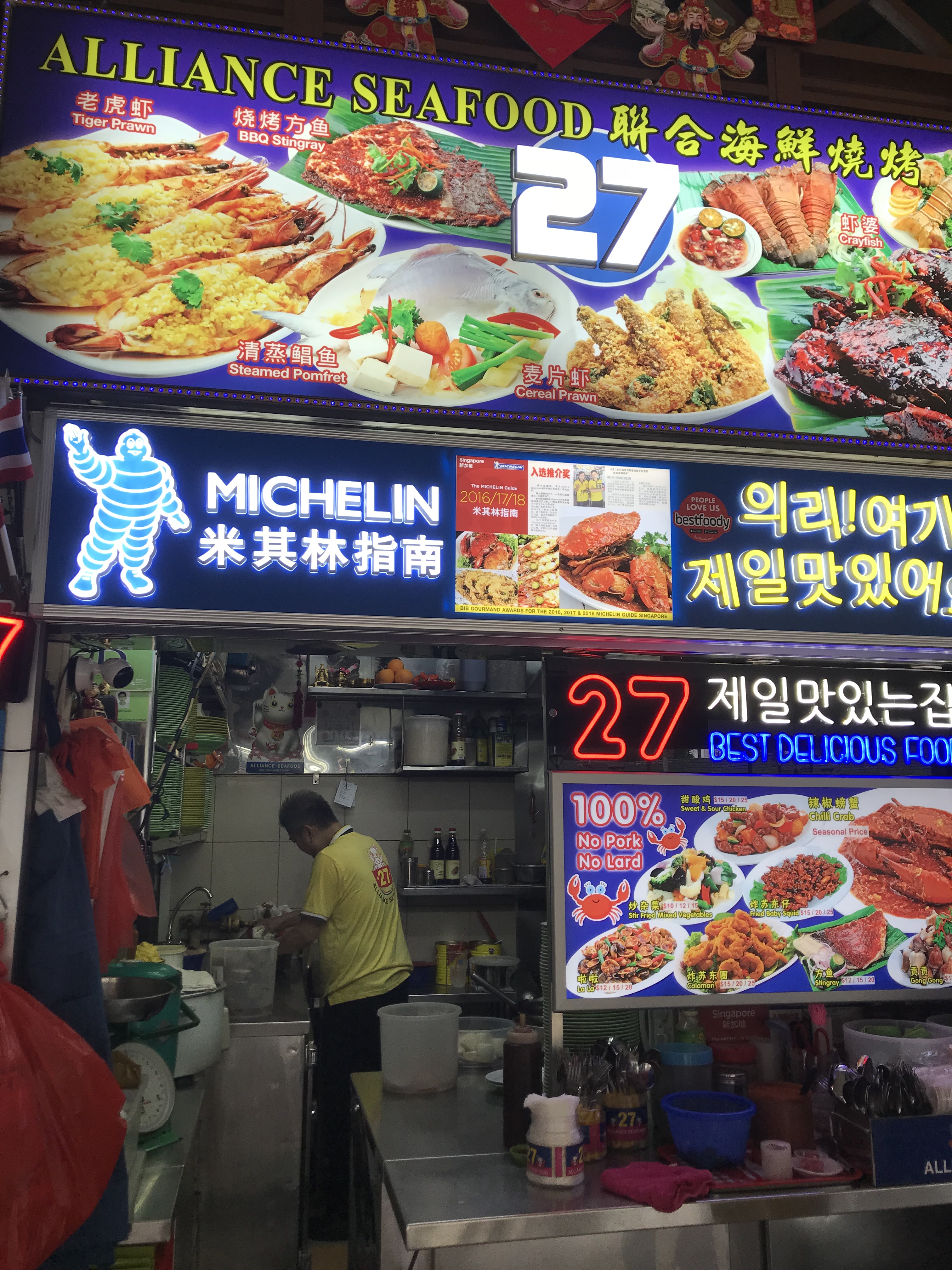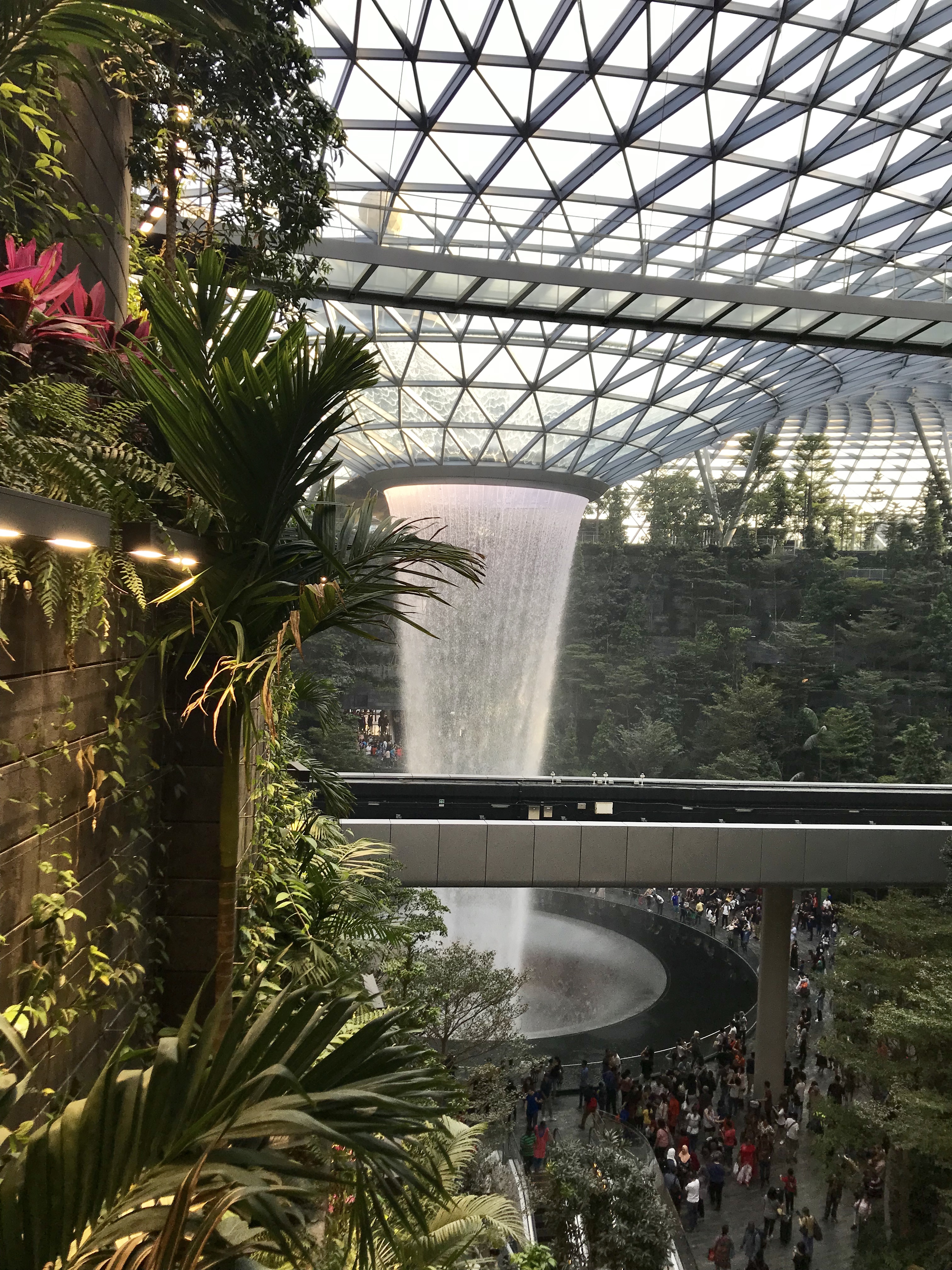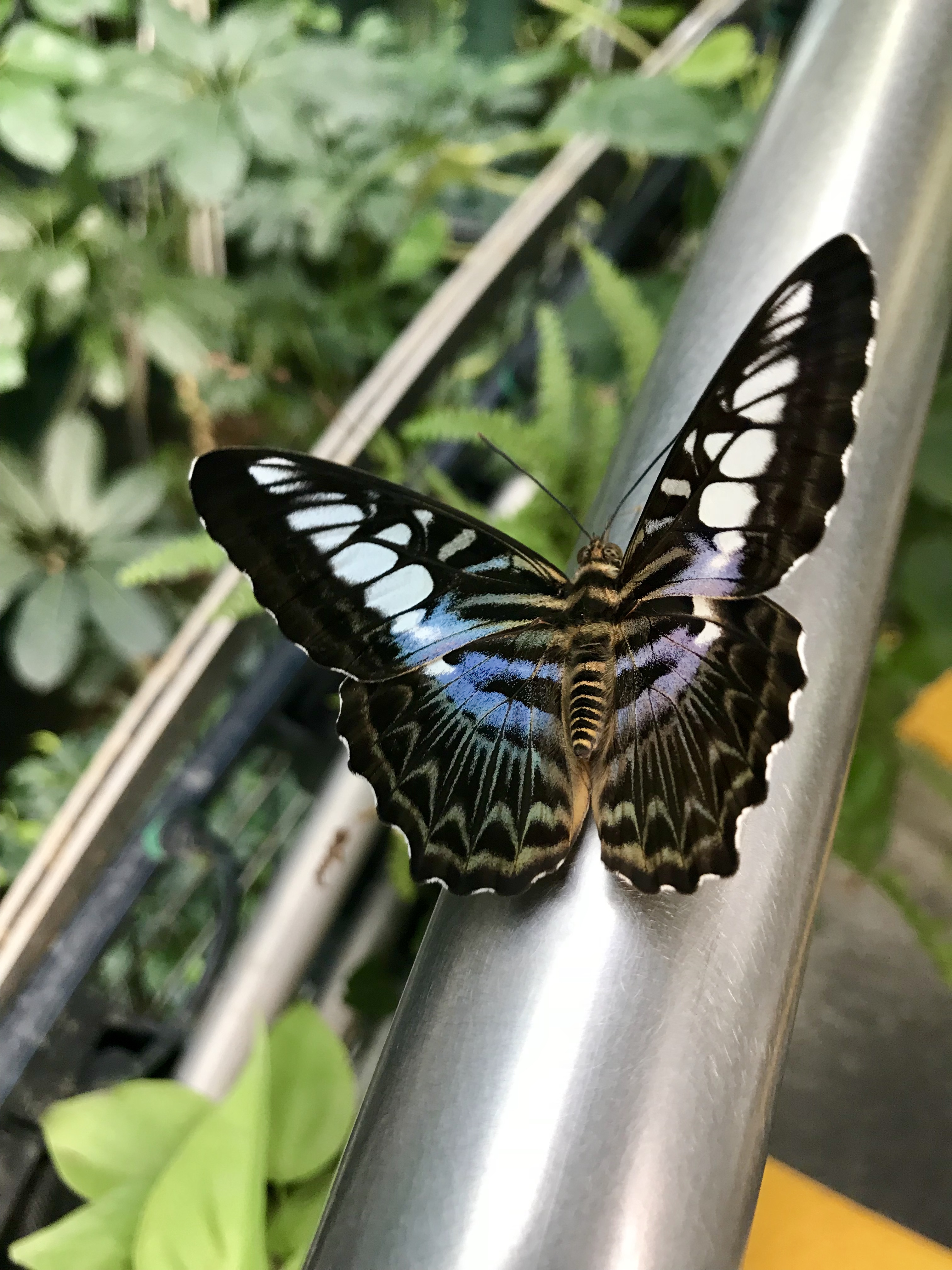
Prague
A finely crafted city, the details of the outer baroque layers and renaissance grandeur remain preserved over the centuries. The basal layer of the gothic doors allows for many passageways, open and accessible to wander through. All of the buildings, even government ones, allow for visitors to take a peak or walk through the plaza. The inclusiveness of the city is very refreshing.




And so are the low prices!
I begin with a city tour from an architect who paints a picture of the peak of Prague in the 14th century, the largest city in Europe at the time. The Austrian-Hungarian empire redecorated with baroque, adding on the facade of many remaining buildings. Many of the buildings are original and have miraculously survived.




The tour takes us through the main plaza, one of the most spectacular I’ve seen. We stop by to see the original clock tower. A very silly display of 18th century engineering shows a skeleton ringing a bell, 12 apostles turning around through windows, and a light on a rooster.



The cathedral in the plaza looks magnificent, haunting when I return at night.
Further along is the Jewish ghetto, demolished in the 1700s as health conditions got worse, and rebuilt in a Parisian style. The oldest buildings are the surviving synagogues, home to the oldest continuously practicing synagogue in Europe. The story of the golem that comes from here, and it said to be trapped in the attic.




The last stop is the original castle bridge which is covered in unique statues. One has a story of a saint of bridges, an innocent man tossed off a bridge, who has become a symbol of good luck. Another point of interest is the John Lennon wall, a symbol of the west and freedom that came as a resistance to the collapsing USSR. Today it features letters to Ukraine victims of the Russian invasion.


Across the river is the largest historical palace that is still used in government. Less of a palace and more of a collection of government buildings, it is beautiful to walk around the complex. It is open to everyone and you can take a peak in all the buildings for free, though you have to pay to go further. I wander around the cathedrals, offices, and mansions to the garden balcony that offers a fantastic view over the city
I lose myself in the streets of the old palace town, finding pastries that remind me of traditional Jewish ones, raspberry cookies dipped in chocolate and raspberry filled donuts. I find my way back to the center to eat and shelter from the rain in important government building plazas. I overstuff myself on pork and spinach stew with dumplings and fried Gouda at a reasonable price.




Wandering the town at night is magical, and the old palace town is all lit up. I wander through the corridors and arcades to navigate the city, and even old government buildings are still open!




I am completely enamored with this city and make a vow to return to spend more time here the next chance I get!















































































